"Dream, Dream, Dream! Conduct these dreams into thoughts, and then transform them into action."
- Dr. A. P. J. Abdul Kalam
"Dream, Dream, Dream! Conduct these dreams into thoughts, and then transform them into action."
- Dr. A. P. J. Abdul Kalam
13 Mar 2024
It goes beyond coffee shops and stores. Beyond its beaches and nightlife, Assagao offers visitors a glimpse into the rich history of Portuguese architecture and memories. How serene would it be to visit a region of Goa that provides you with a serene setting where you can spend the day lounging and wandering among Portuguese villas? Assagao is a charming village in North Goa's Bardez region that is well-known for its restaurants, cafés, shops, and galleries. However, it is also peppered with magnificent churches and buildings. Assagao is sometimes referred to as the Village of Flowers or "Fullyanchem Gaon." Marigolds are grown by the Assagao locals and sold at marketplaces such as the one in Mapusa. Assagao is a secluded spot that is only frequented by individuals who enjoy going off-the-beaten-path because it is surrounded by hills and is somewhat far from the beaches.
Here are some things to check out if you want to immerse yourself in the local colors.
Assagao Houses ~
Some of the most exquisite villas in Goa may be seen in the residences in Assagao. The homes' Indo-Portuguese architectural styles are delightful. This architectural style originated in the late 1700s and early 1900s when homes were painted in bright yellow and sky blue tones to comply with the rule that only Portuguese churches may be painted white. For a closer look at the building, where the use of graphic colors is a leitmotif, forgo driving and tour the neighborhood on a scooter, bicycle, or foot.
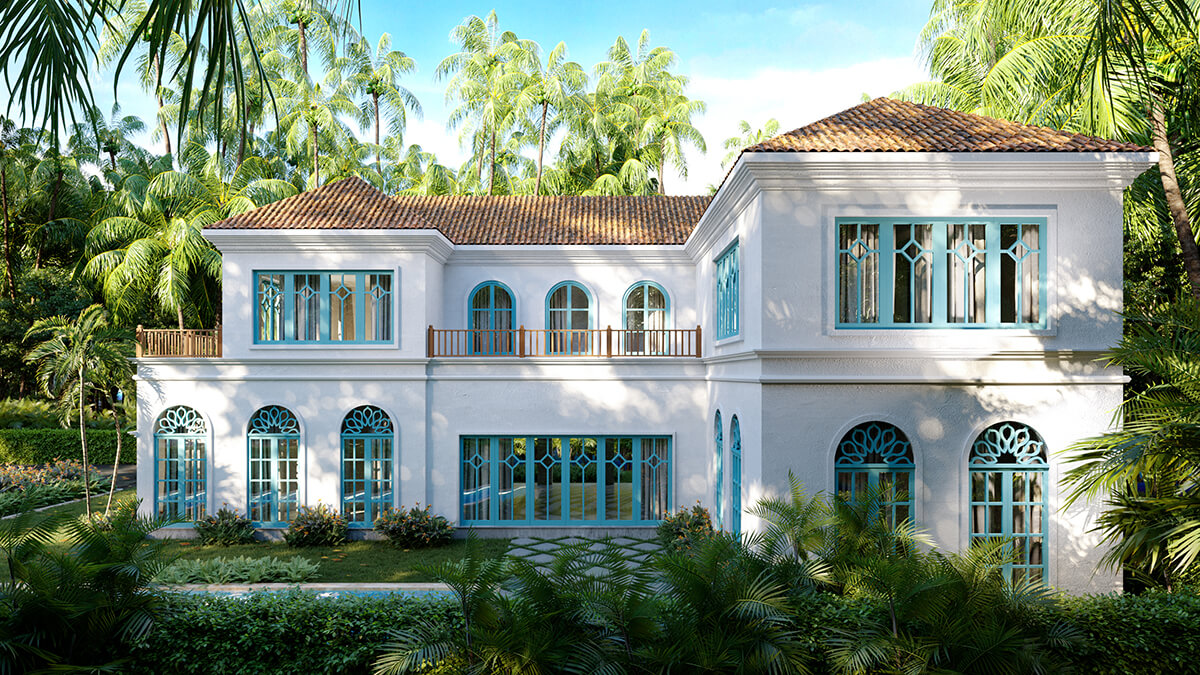
A Cross with a View ~
This spot is for you if you enjoy beautiful scenery: Assagao's The Miraculous Cross. The steep staircase has the names and images of Jesus Christ together with saints' sculptures. Reaching the summit and witnessing the breathtaking panorama of Assagao and Vagator is well worth the exhaustion. This church is a hidden beauty that you cannot overlook because it doesn't have a roof.
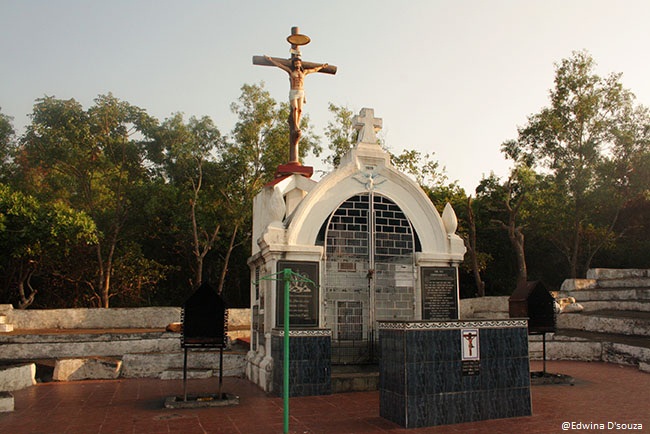
Church of Saint Cajetan ~
In Assagao, Saint Cajetan Church is a must-see location. Stars are etched on the white church with the wooden roof. The church, which was constructed in 1665 by Italian monks of the Order of Theatines, was modeled after the Roman Basilica of St. Peter and features two quadrangular towers that are typical of Corinthian style. The patroness of the church, Our Lady of Divine Providence, is honored at the main altar. Lime plaster and laterite soil are used in its construction.
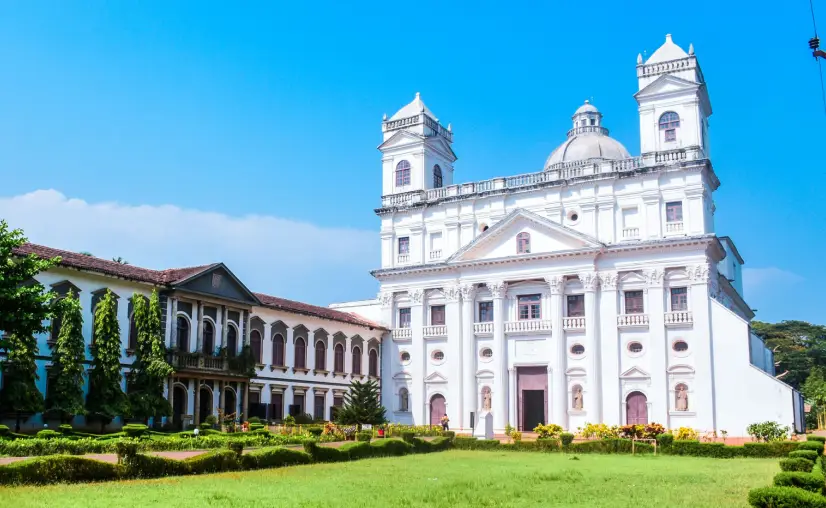
Kator Tower ~
You may reach the Kator Pillar and the Dovornem, or rest stations for traders, after a short stroll from the Saint Cajetan Church. In Hinduism, the Kator Pillar is thought to represent a temple lamp. The people think that the pillar was written in an enigmatic language and that the person who could decode it would win a pot of riches. Traders used dovornems as little more than places to relax when they were tired from carrying large baskets on their heads and needed assistance holding their bags while they slept.
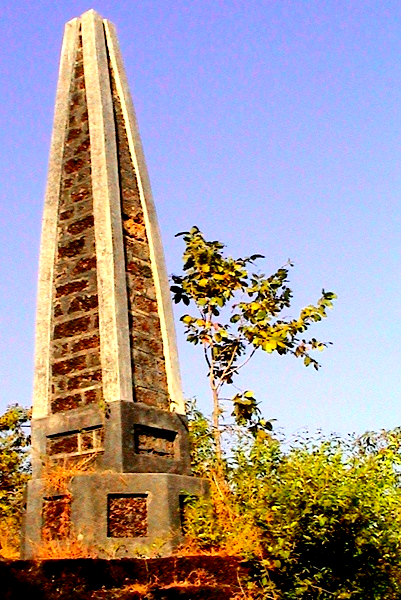
Dovornem – The rest points
These small white buildings by the road seem like the ubiquitous crosses found across Goa. These are designed to hold the traders' belongings when they stop to relax. There is a well-equipped well hidden behind the building. These highways served as small-scale trading routes. Before continuing, those who were carrying their possessions on their heads would stop here, drink some water, and relax, similar to the rest areas seen on contemporary roadways. You can see a lot of these buildings all across the area. Dovor in Konkani means “to place on”. These were believed to have been erected to help the tired travellers to rest, by temporarily placing the heavy load off their heads on these platforms unaided. Today these structures are either destroyed or ignored. With time, the reasons for the existence of these monuments were forgotten. Even though they are of little use now, they are rich in historical significance! The focus of Dovornem is "keeping." What else could be retained if this is not preserved? It represents everything weighty and needing to be kept safe. We must showcase our rich cultural legacy from a time when communities, not individuals, were valued. It is necessary to maintain dovornems. Even if they aren't very useful right now, they are quite valuable in terms of legacy.
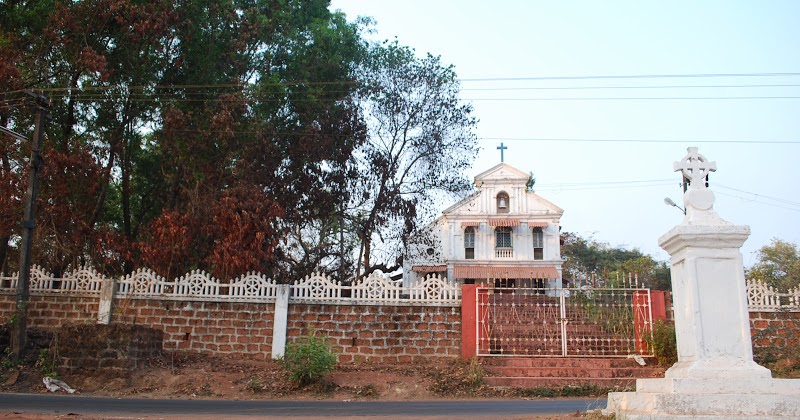
WHERE TO SPEND?
1. No Nasties
The No Nasties clothing store is conveniently situated on the main road, boasting a captivating sign that is sure to pique your interest and entice you to enter. The store exclusively offers clothes made from 100 percent organic, fair trade, and vegan materials and is committed to minimizing carbon dioxide emissions through sustainable practices. Renowned for its planet-positive approach, the store carries a diverse range of clothing for men and women and actively advocates against the use of plastic. It’s worth a visit.
WHERE: House No 46, Saunto Waddo, Anjuna Mapusa Rd, opposite Gunpowder Restaurant, Assagao.
2. Rangeela
Situated within a Goan villa which has transformed into a charming shopping destination, this establishment presents a delightful dilemma for visitors as it is difficult to leave without making a purchase. Offering a wide selection of designer clothing for men and women, every corner of the store showcases distinct and appealing items, ensuring that patrons will continually discover unique pieces as they explore. From fashionable attire to home decor, this store boasts a diverse range of offerings.
WHERE: Anjuna Mapus-a Rd, near Gunpowder Restaurant, Saunta Vaddo # 13, Assagao.
3. Whim Assagao
This Assagao-based clothing and lifestyle store was established by Poorvi Munim. The brand specializes in luxury everyday wear for men and women. The store offers incredibly comfortable and relaxed-fit clothing in a beautiful range of colors, providing a unique shopping experience akin to visiting a bespoke outlet in Assagao. Visit Whim at Assagao for a truly fulfilling shopping experience.
WHERE: 45, Mapusa- Anjuna-Chapora Rd, Assagao.
I believe that, to the dismay of the inhabitants and the joy of affluent visitors who find themselves in a tranquil refuge far off from their corporate and ordinary lives, Assagao's skyline has altered significantly over the years.